The “White Lotus Effect” has driven a surge in tourism to Koh Samui and Thailand, as the hit HBO series boosts global interest in these destinations.
Read More6 Tropical Countries To Escape the Winter Chill
Avoid the cold temperatures of winter by taking off to these six tropical destinations around the world, each offering a lush climate and magical adventures.
Read MoreVIDEO: Journey Through Thailand
This footage of Thailand serves as the second installment in Vincent Urban’s series: “In Asia.” The video features glimpses into the vibrant streets of Bangkok and the natural scenery of Northern Thailand. He also features footage from the small but lively town of Pai, located near a mountain base in Northern Thailand. The director includes evocative imagery of Buddhist temples from his visit to the city of Chiang Mai, capital of Chiang Mai province. German director Vincent Urban, based in New York City, concludes the episode teasing his next stop, Laos, for the following installment of the series.
Kayan: Beyond The Rings
Years ago the Kayan people fled Burma and headed to Thailand due to civil war, they lived in refugee camps until the government settled them in Northern Thailand.
Read More2016 Travel Guide for Global Citizens
Global Citizen
Travel is a beautiful thing. Journeys to unfamiliar places can inspire new customs, alter previously held perceptions, encourage big ideas, and evoke a newfound appreciation for things long underappreciated.
And the benefits of travel aren’t exclusive to the traveler. Tourism has become one of the main income sources for many developing countries, representing a key driver of socio-economic progress.
But too often tourism remains restricted to a small selection of hotspots. Too many Instagram accounts are displaying travel photos that differ only in their levels of brightness and saturation.
This type of trendy trip planning is having an unfortunate impact on these popular destinations. Constant crowds are eroding natural landscapes and overusing scarce resources. Tourists are being lured into areas where they are disturbing cultural customs and unintentionally exploiting local communities and wildlife.
In the age of mass tourism, travel has lost a bit of its beauty.
It’s time to give travel a makeover. This year, take the road less traveled. Challenge yourself to visit destinations undiscovered by your friends, and take the time to research how you can mitigate your negative impact on local landscapes and communities.
For a bit of inspiration, check out this list of destinations that could make great alternatives to those currently teeming with tourists (and their iPhones).
Instead of Thailand, go to the Philippines.
With beautiful islands, drool-worthy food, grand temples, Full Moon parties, and lush jungles, Thailand can seem like the perfect travel destination. It’s why Bangkok, Chiang Mai, and Phuket make it on the itineraries of many first-time travelers.
These days, too many travelers are getting caught in Thailand’s tourist traps (e.g., monkey islands, zoos filled with mistreated elephants and sedated tigers) and are missing out on the real cultural experience.
Take a break from Thailand, and plan a trip to the equally enticing Philippines instead.
Instead of the Galapagos Islands in Ecuador, go to the Pantanal swamp in Brazil.
It’s every science geek’s dream to see the species that inspired Darwin’s theory of evolution. It could also be argued that there’s no better place than the Galapagos to gaze at unique wildlife standing inches away from your face.
However, the region’s unique ecosystems may not be able to survive the pressure of mass tourism. And the annual influx of money from tourism isn't being fairly distributed among local residents who struggle with poverty.
If you want to see wildlife, visit the Pantanal swamp in Brazil, one of the world’s largest wetlands. If you’re lucky, you may even spot a jaguar!
Check out GLOBALCITIZEN.ORG for more tips!
CARYN CARVER
Caryn Carver is an Audio-Visual Content Creator for Global Citizen. Prior to working at Global Citizen, she worked for a nonprofit consulting firm where she learned a lot about what is and isn't working to help eradicate poverty. She then spent a year living and working in South America where she developed a deeper passion for global issues, especially human rights. Caryn also loves to sing about what she is doing, search for the best cheap eats, and daydream about the next place she will visit.
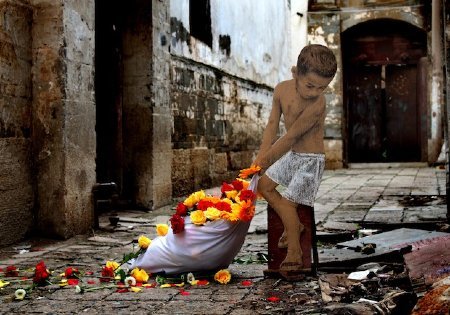
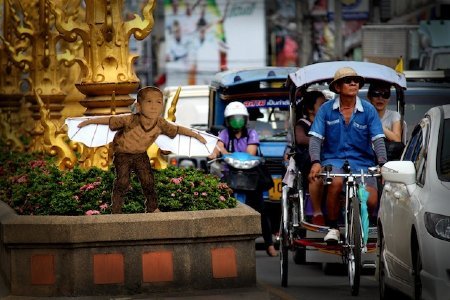

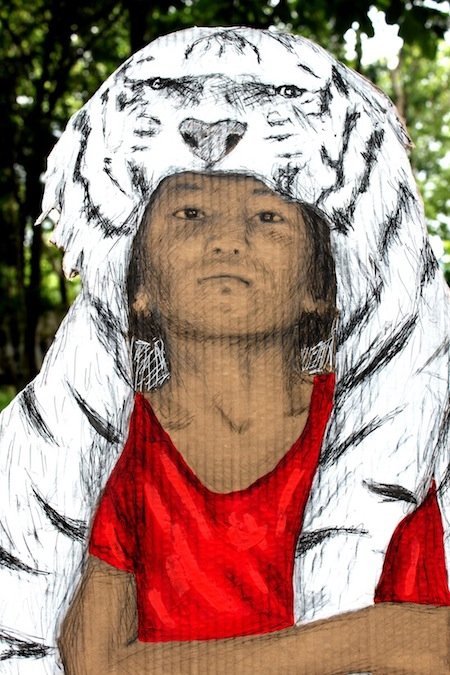
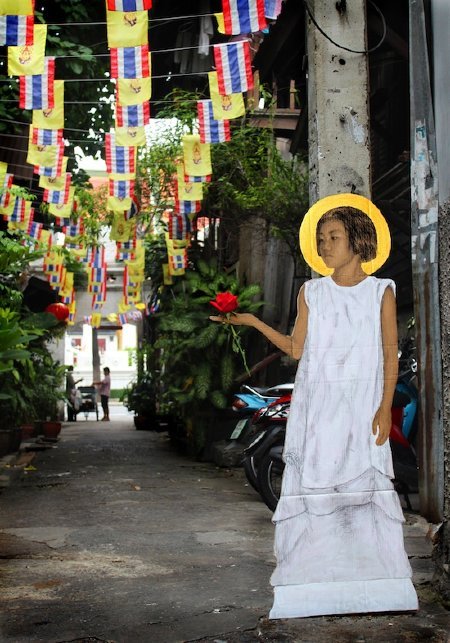
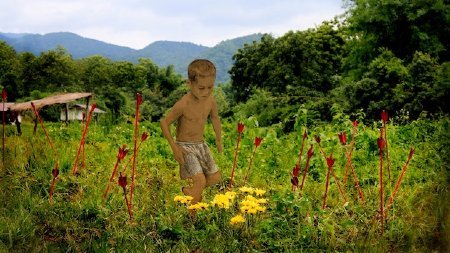

THAILAND: Street Orphans Transform Into Art
I've been making street art since 2009 and have traveled to 13 countries to focus on children who are homeless and living on the street. I make cardboard cutouts that I mount to walls with high tack mounting tape or propped up as stand alone pieces. If no one removes them from the streets, the pieces will decay and be destroyed by the harsh environment. If someone does take it, then they can keep it in their home. If it survives, there is hope for them to continue on as pieces of art, just like there is hope for the actual homeless and street kids.
During my last trip to Asia I stayed in an orphanage in northern Thailand and got to know the kids there. I spent two months with them, listening to their stories, and then I represented these young people in this body of my recent work.
The most memorable stories were of two children named Chai and Lee, who were so malnourished that their little stomachs were swollen when they first came to the orphanage. To get food they would steal the offerings to Buddha in their tribal villages. With this money they would buy snacks, since the only thing they had to eat was white rice, which has hardly any nutritional value. The piece with the arrows (below) is about how Chai had a lot of things in life thrown at him, trying to destroy him, but instead, he focused on the beauty in life. The main thing I learned from this trip is that children find beauty and can reveal it to the rest of us.
MICHAEL AARON WILLIAMS : My art is a narrative, visual poetry, making a social statement to move the viewer to action or realization. An important part of my work focuses on the street, the place where people live their daily lives. This allows me to interact with an audience on their own turf and observe how they react to the art; it is a social experiment. These open-air installations focus on the ephemeral state of street people and enable the viewer to participate in the outcome of the pieces, whether the viewer leaves or saves them from the street. My goal in depicting street people is to show their beauty, fragility, and to bring their situation into the eyes of the viewer, refusing to let them be forgotten or ignored.
Learn about how to help the orphanage at Orphans Assistance and Rescue
Our Daughters For Sale Documentary (2012): Sex Trafficking In Thailand
High in the hills of Thailand are villages where selling children for profit—not for survival—is commonplace. While the government would prefer to say that no such problem exists—one organization stands in their way. The Children's Organization of Southeast Asia (COSA) is working on a new method to stem the tide of child sex trafficking in northern Thailand. While most other organizations 'rescue' children who have already been sold and been victimized. In villages where satellite dishes and other amenities have taken the place of sold children, COSA is working to educate villagers on the benefits of not selling children—they are working on an individual basis to solve the problem for each child before it happens.






